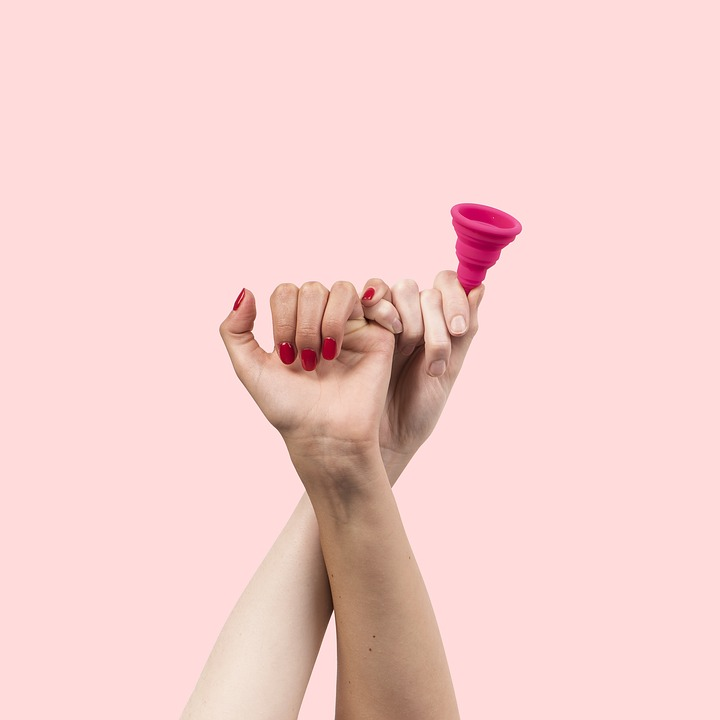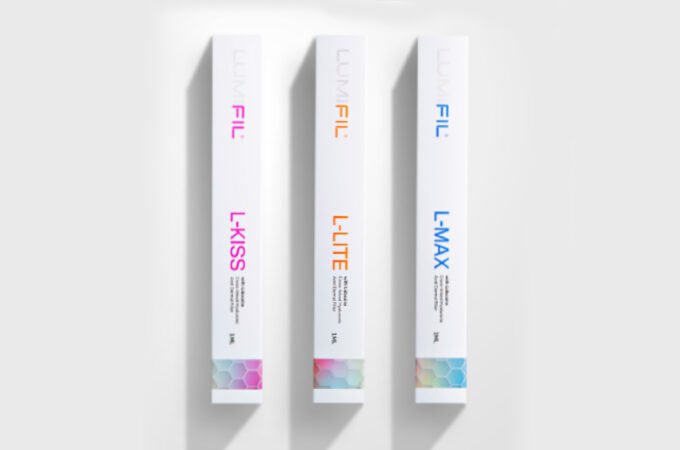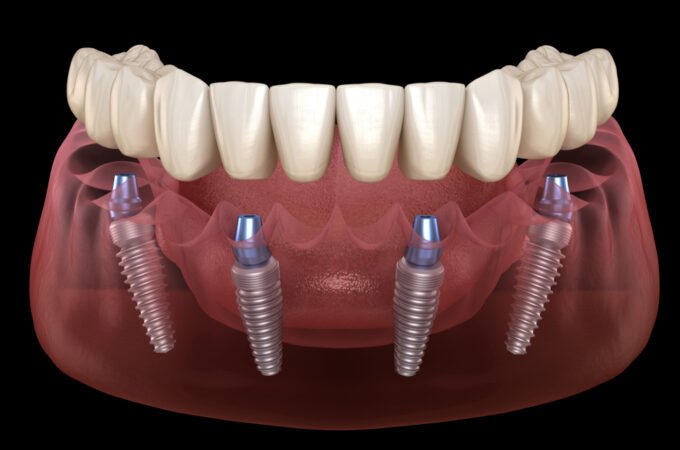
Menstrual Cups and Cramps: Can the Cups Cause the Cramps?
Menstruation is inevitable since it is how a woman’s body is designed. With this said, many had innovated menstrual hygiene products to cater to what women need in terms of proper hygiene when the period visits a girl’s body.
Menstrual cup vs tampon— a common comparison with each other to heighten either of their benefits, wherein you might have heard that one of the cup’s benefits is to alleviate menstrual cramps, but does it really?
In this article, we will be discussing about the menstrual cup, which will solely focus on the belief that it either help relieve menstrual cramps or cause one by wearing it.
Does the Menstrual Cup cause cramping?

Well, technically speaking, a menstrual cup can cause menstrual cramp. However, it is because of certain factors that trigger the inconvenient feeling. Take the improper menstrual cup positioning as one of the factors, due to the incorrect positioning, the body’s inflammatory reaction takes place.
On the other hand, there are also various reasons or factors that trigger menstrual cramps, which we will be discussed further below.
The Menstrual Cup is Too Long
You might probably want to check if your menstrual cup is too long for your body since it is one of the culprits in making you experience pain during your period. So, how to know if your menstrual cup is too long? Simple, it is too long if the stem sticks out of your body.
The reason that using a menstrual cup too long for your vagina would cause pain is that it can be pushed up against the cervix, which would not be comfortable and may result in cramping if it was pushed too strongly.
Now, if you want to avoid this kind of mistake, then you should check how high your cervix sits before buying a menstrual cup. How? Simply put your index finger into your vaginal canal then if you can touch the cervix, try measuring it through your knuckles.
Changes in Cervix Position
If you do not know yet, then here is the information that you need: the cervix’ position changes throughout the cycle. Due to this biological change, you might experience cramps on one day as a reaction to the menstrual cup and your cervix’ repositioning.
Unfortunately, you can’t really do much when your problem is this. What you can only do is to carefully pay attention and keep a detailed journal about your experiences during your period, so that you will be able to spot some patterns.
For instance, if you noticed that you only get cramps when wearing a menstrual cup during your second day of the period, and not the first and third, then use this knowledge to your advantage through wearing a tampon on the second day and a menstrual cup for the rest.
The Menstrual Cup is Too Big

This seems to be a problem that is relatively common with menstrual cups. The tendency in using menstrual cups when you’re a smaller person and has not given birth yet is that some cups might come as large in diameter the might be simply too big to fit correctly into your vagina.
Although menstrual cup can be inserted inside since the vagina wall is stretchable (not to mention that it is where a baby can pass through), one can still be uncomfortable when using a big menstrual cup since it will push strongly against your vaginal canal walls.
Now, if you feel like this is the reason for your menstrual cramps, then it is best that you consider using smaller menstrual cups, especially if you haven’t given birth yet. Even though that age isn’t the best factor for choosing a cup, it will still help you in preventing any felt uncomfortability during your period.
It’s a Stiff Menstrual Cup

Another culprit that you should look out for is that your menstrual cup might be too stiff. Stiff menstrual cups can push strongly against your vaginal canal walls, which would cause discomfort for some women.
Additionally, it can push quite strongly against your bladder which can make you take a long time to pee. Is this a big deal for you? If not, then all is well. However, if it does bother you, then consider switching to a softer menstrual cup.
Take note that if you think that everyone should buy a softer menstrual cup, then you got it wrong. Everyone is not the same; thus what might have worked for others might not work for you. Softer cups can actually be difficult to insert because they do not open it easily.
Takeaway
Menstrual cups can surely give you the benefits that you might have been looking for in a particular menstrual hygiene product. However, you should still make sure that it will not cause any inconvenience or pain for your part because of factors that can supposedly be avoided.




